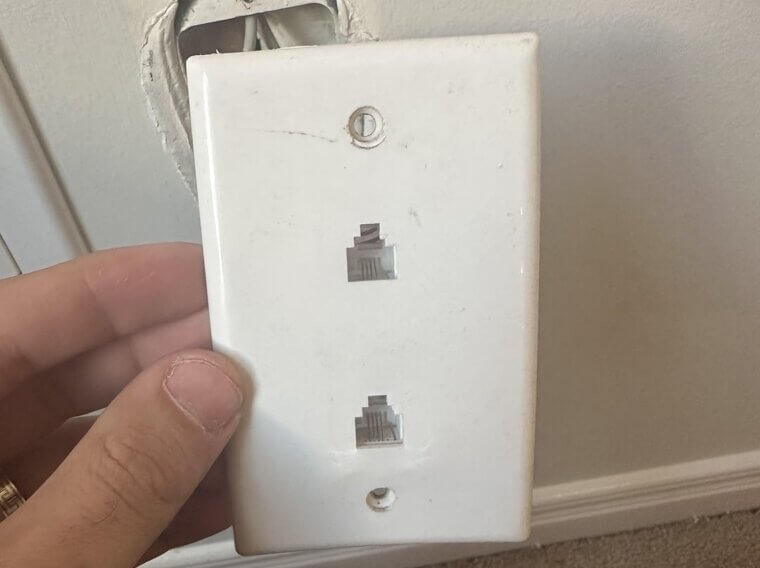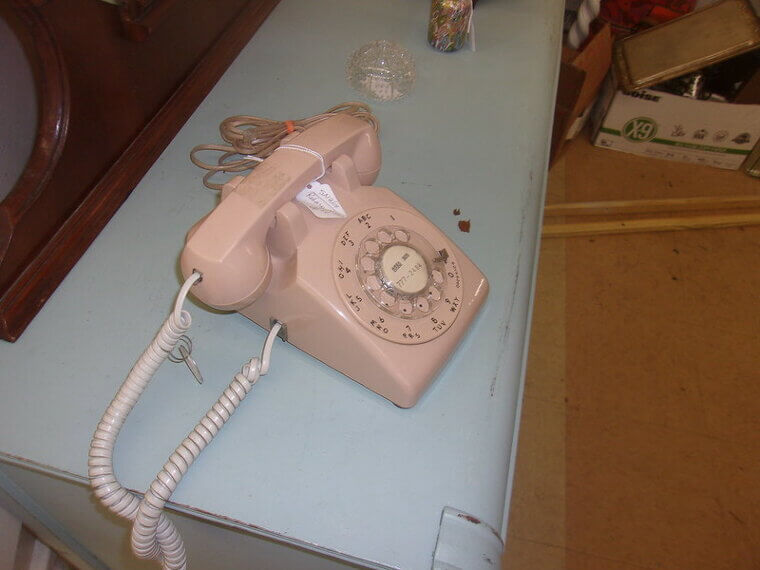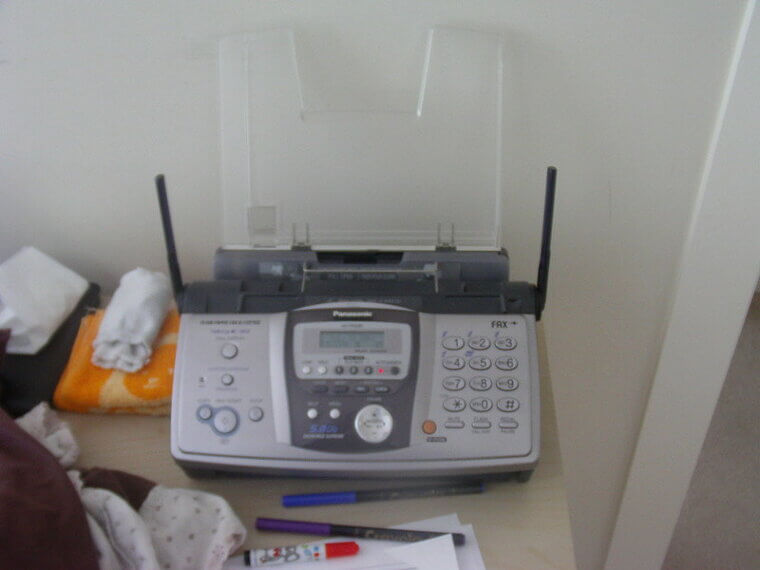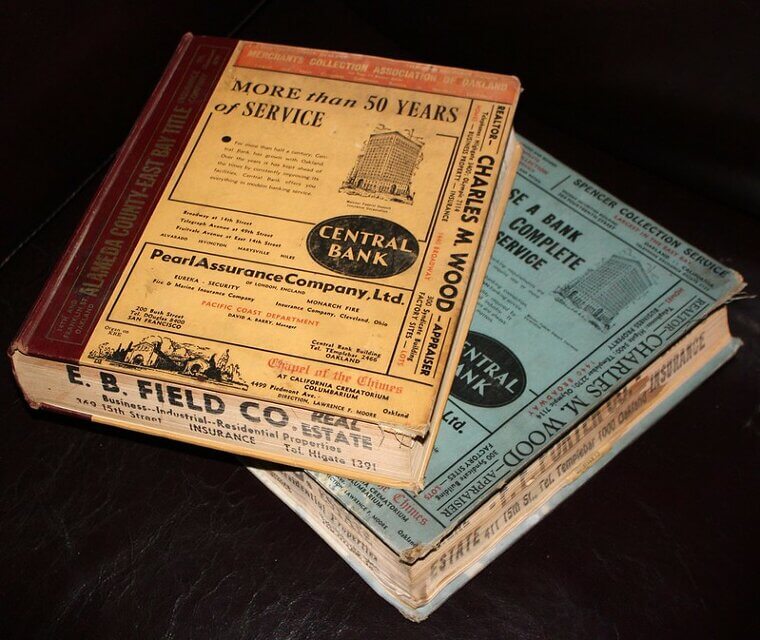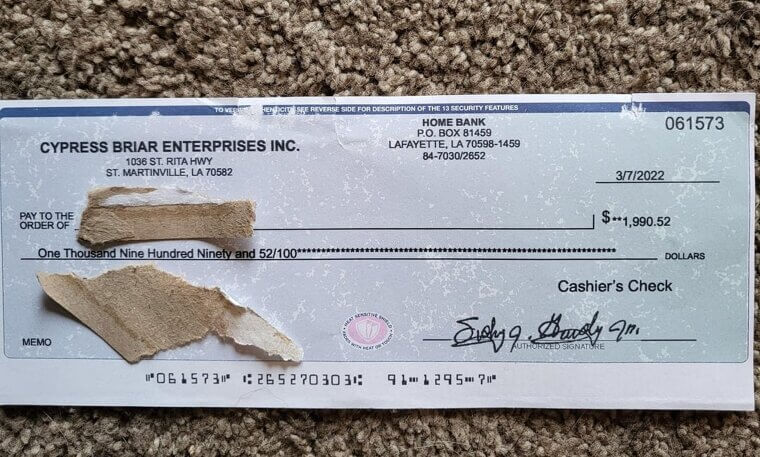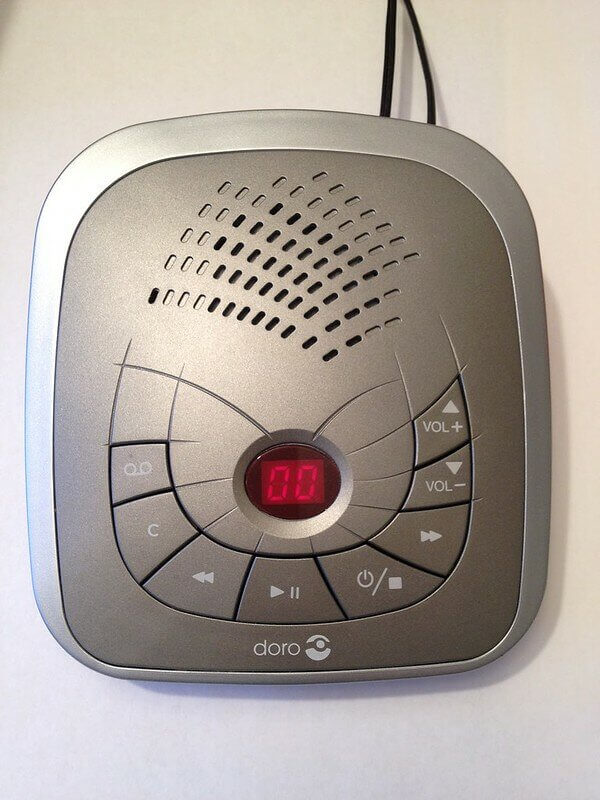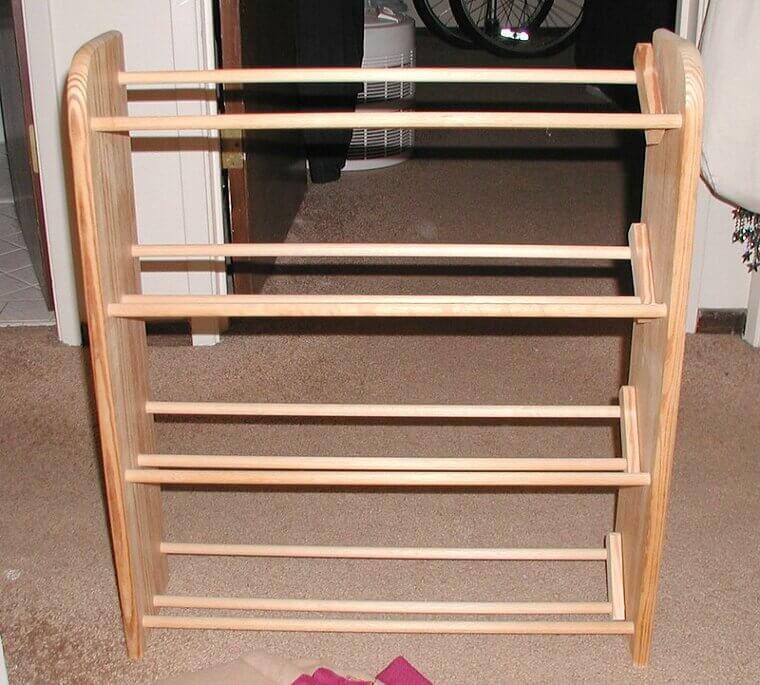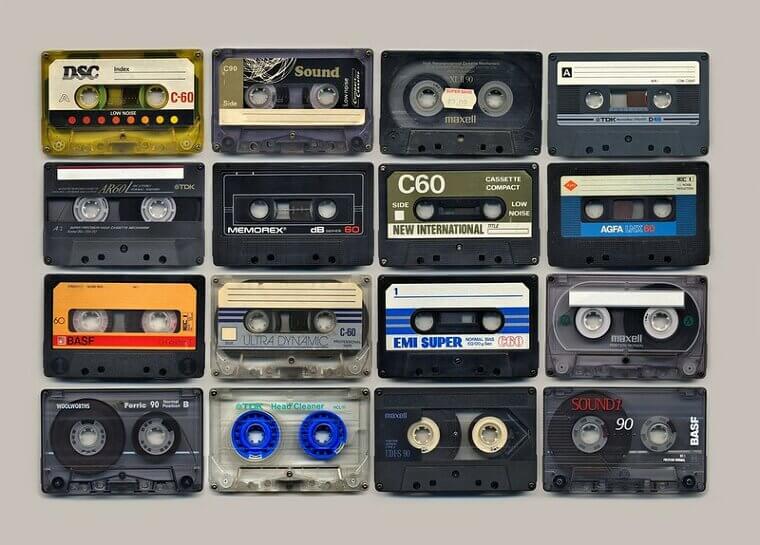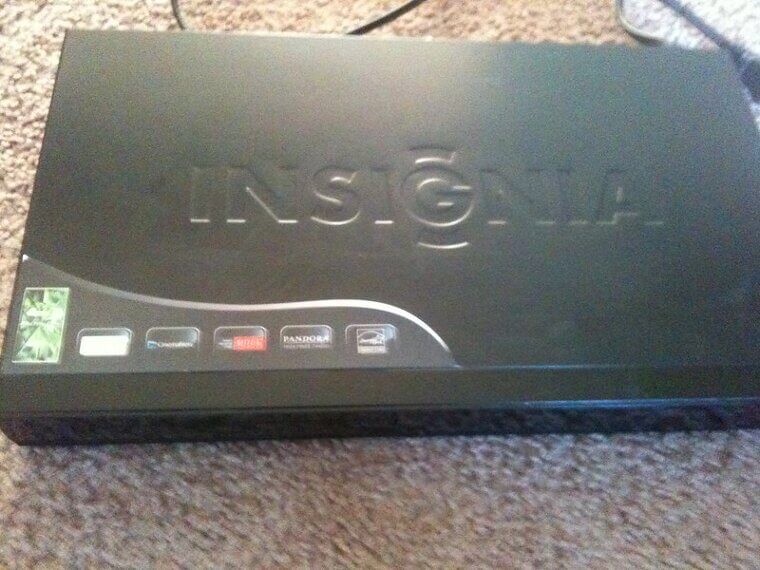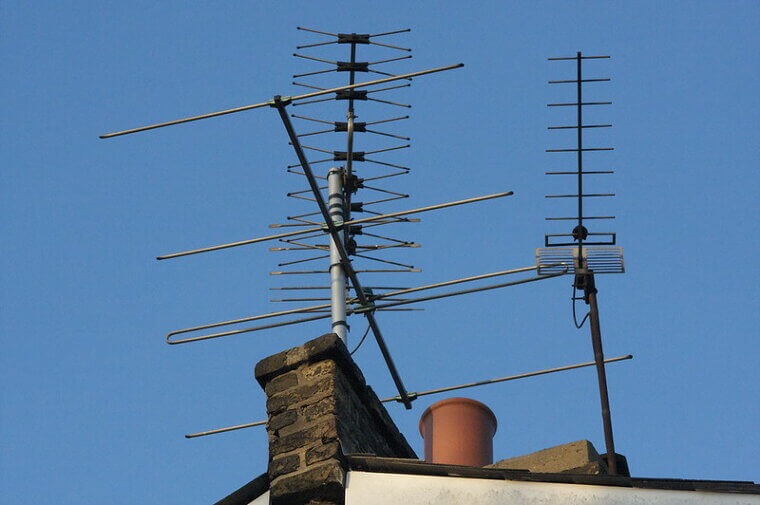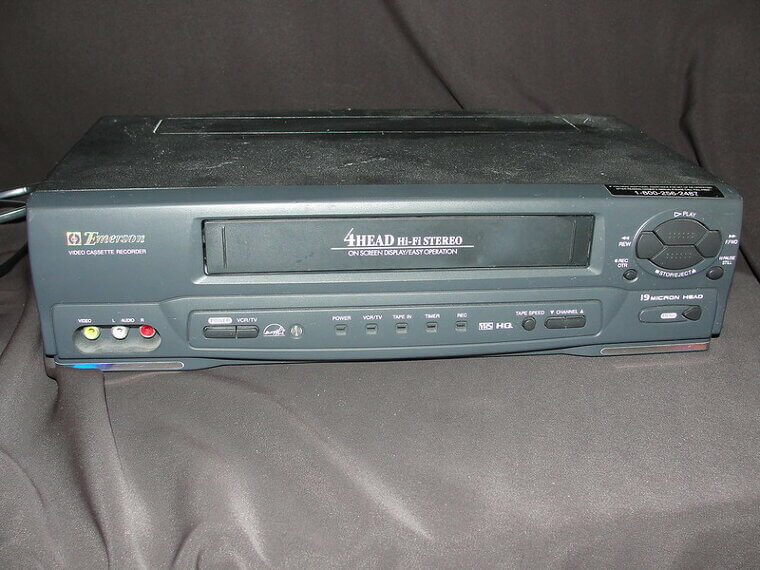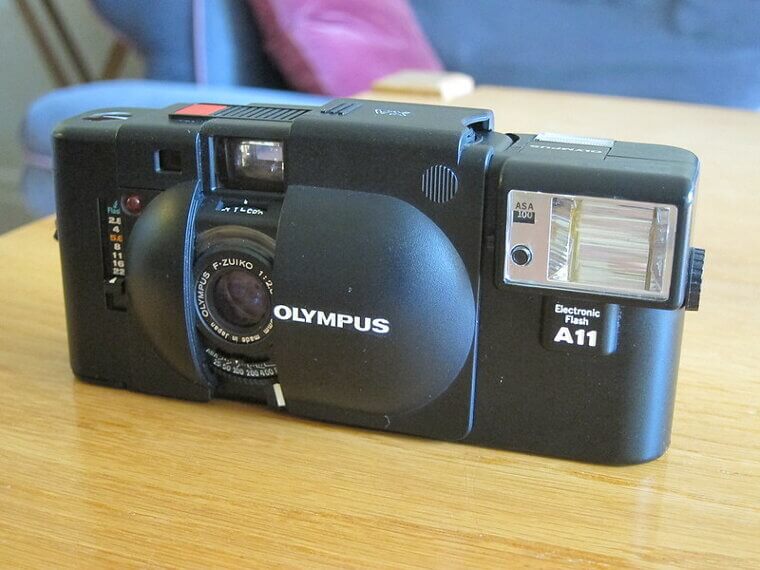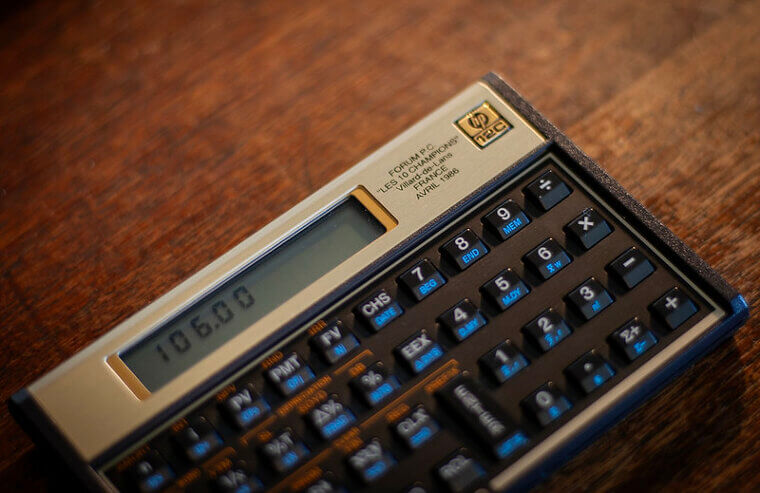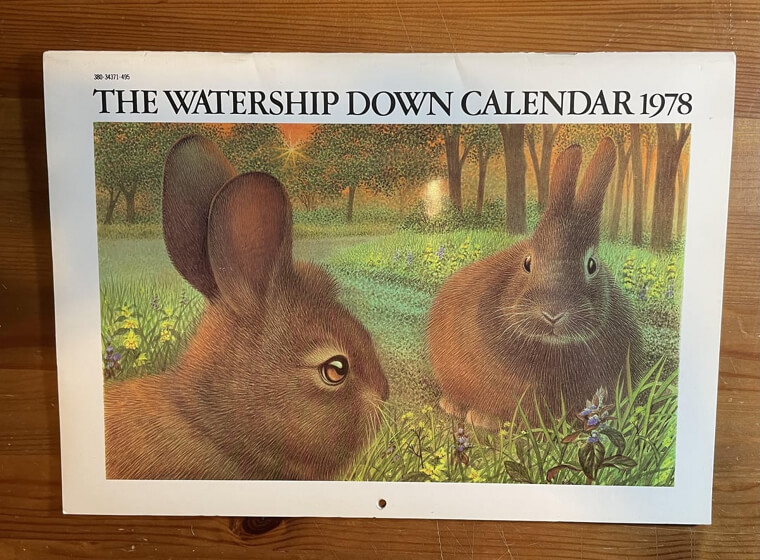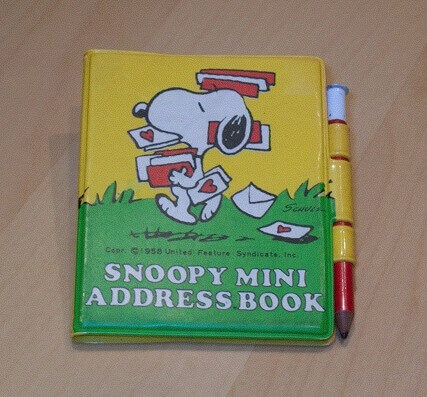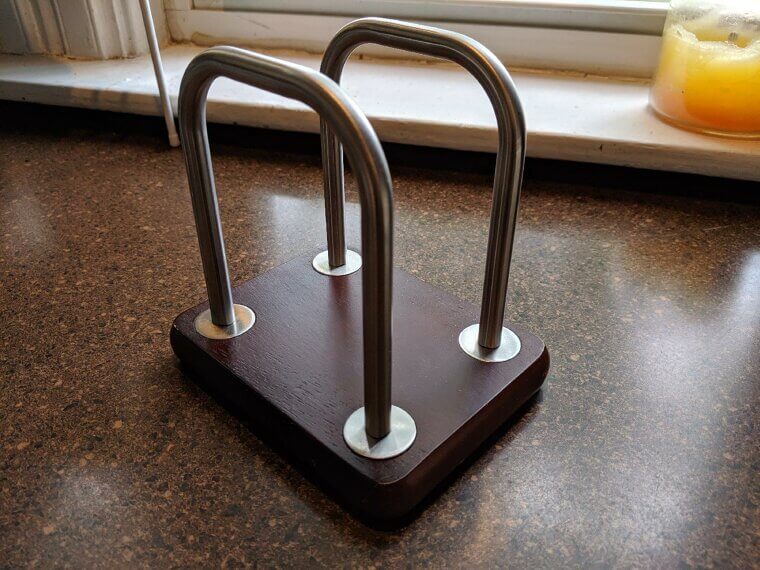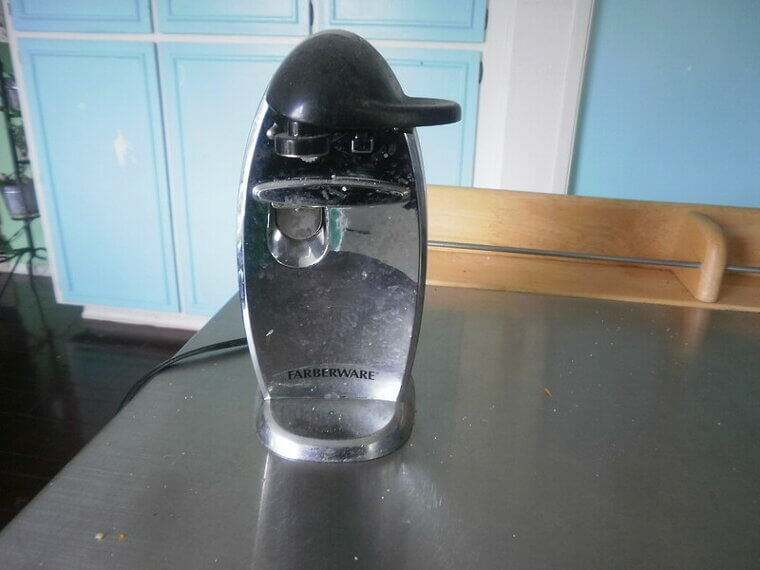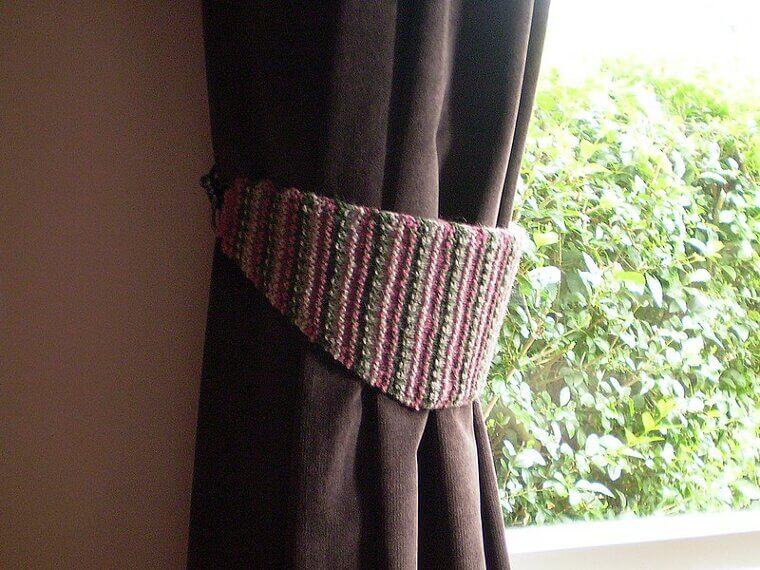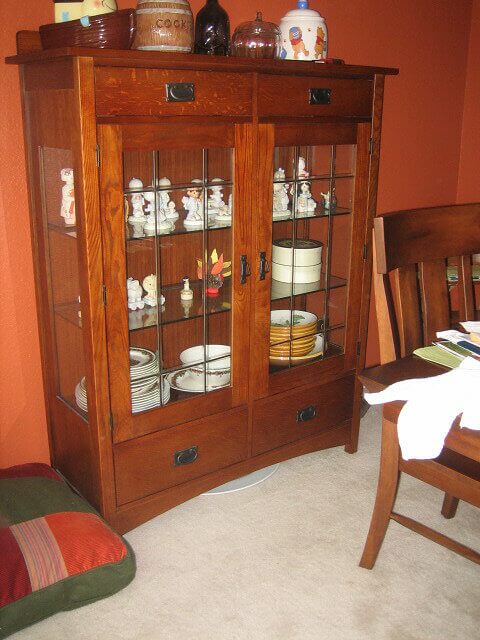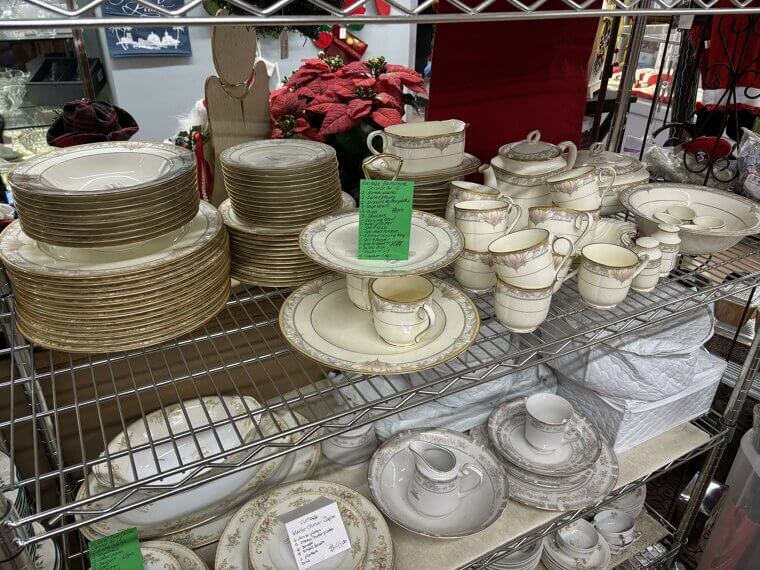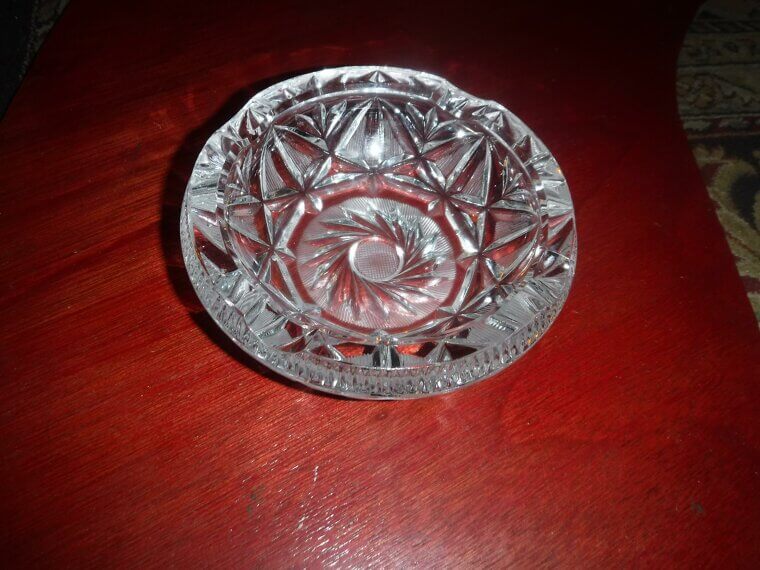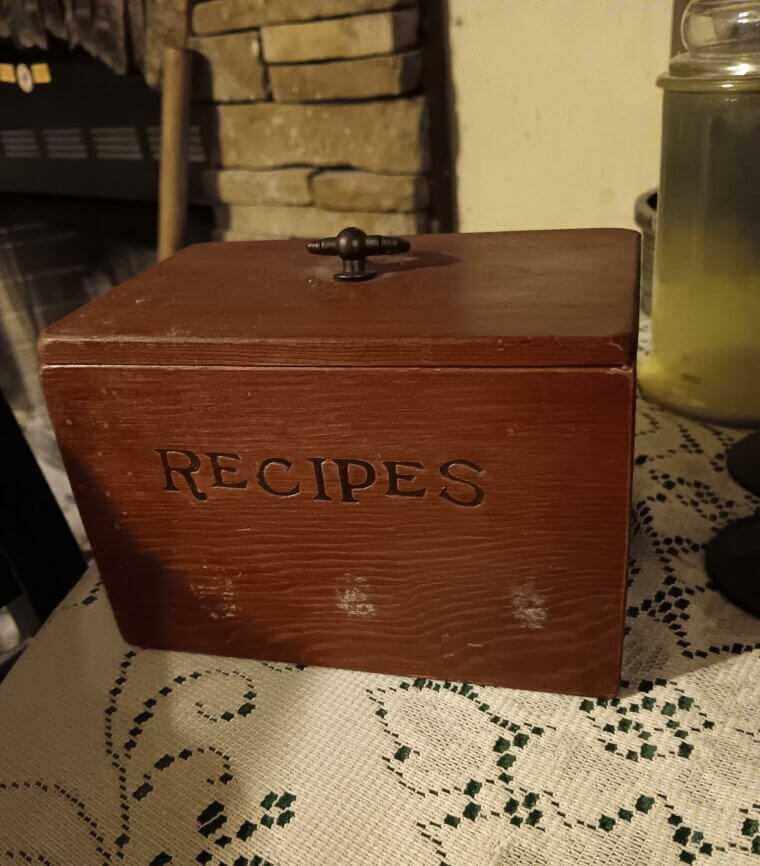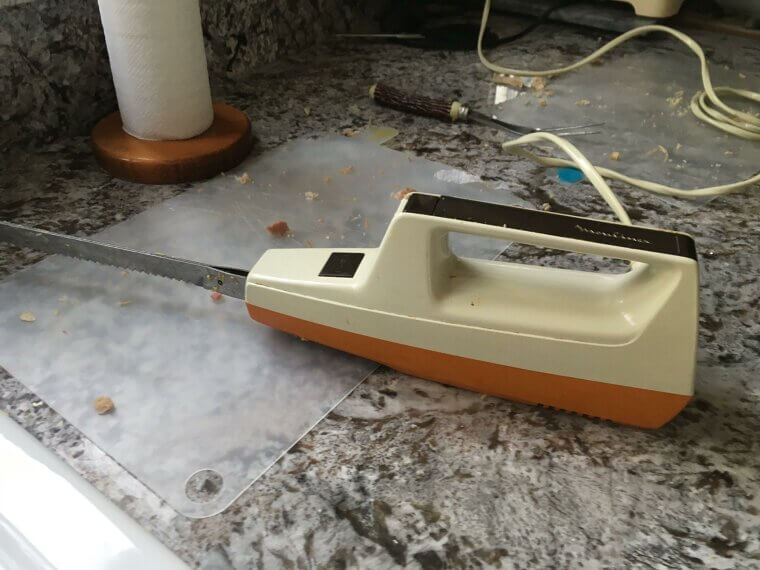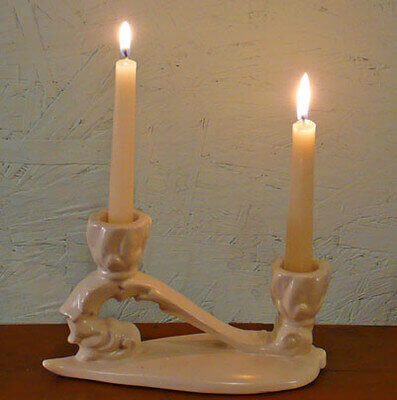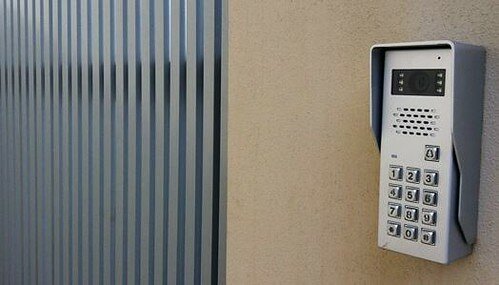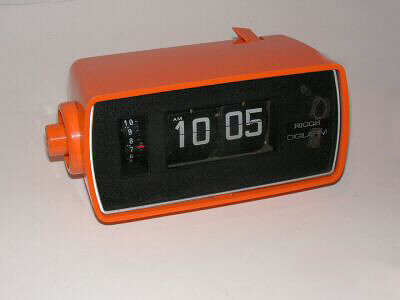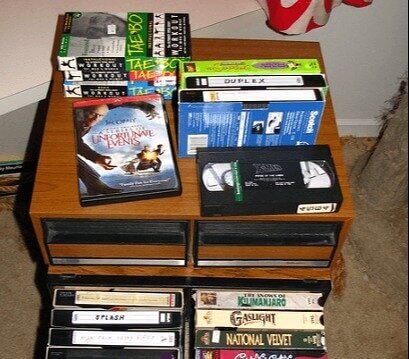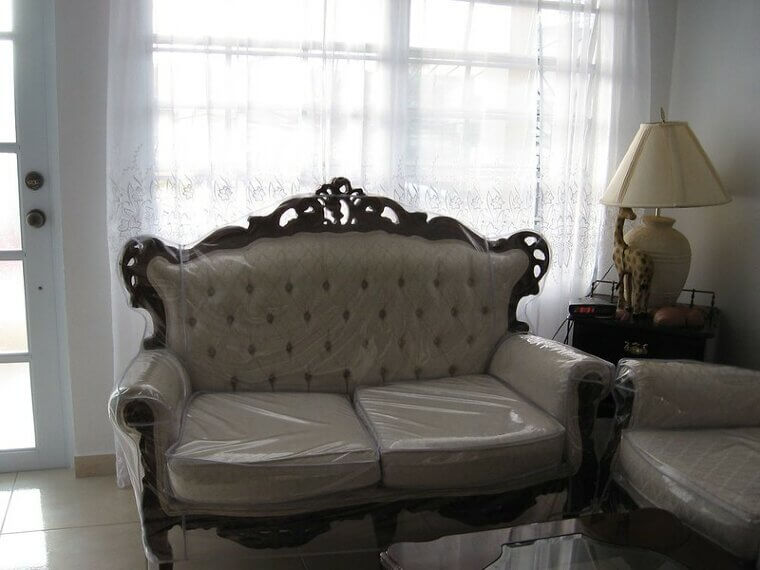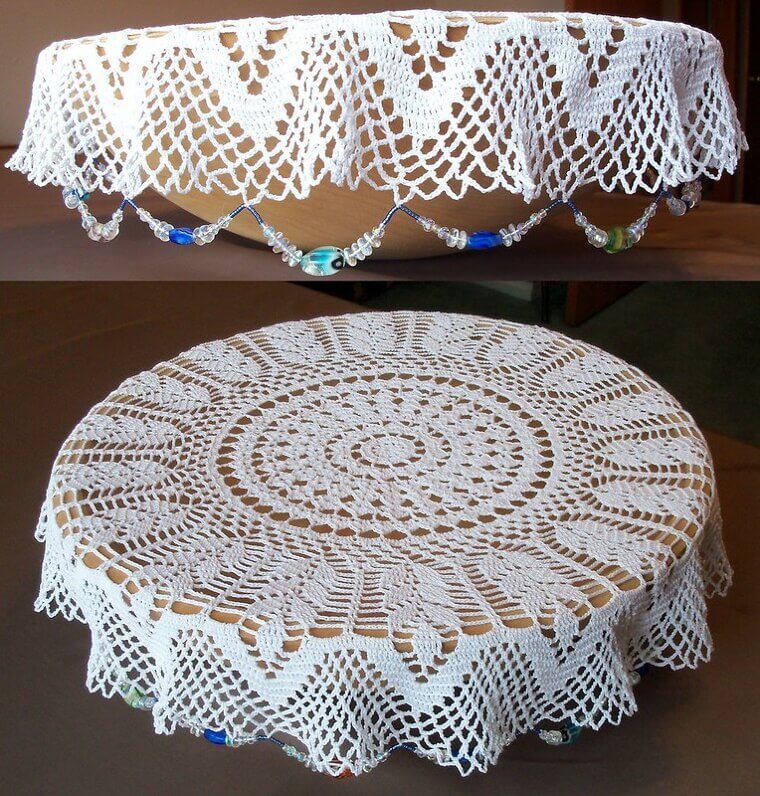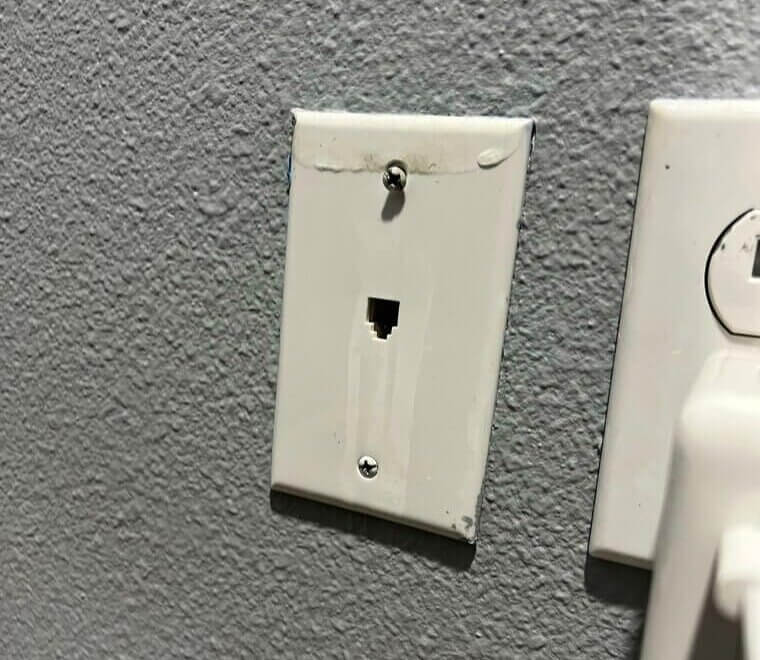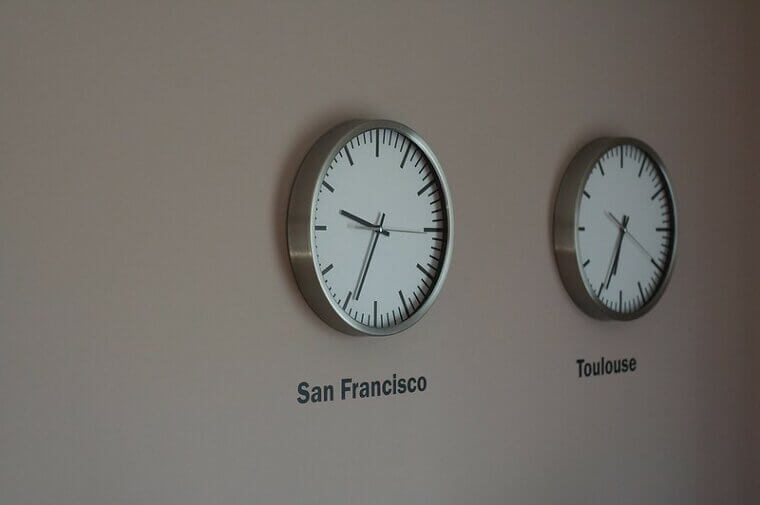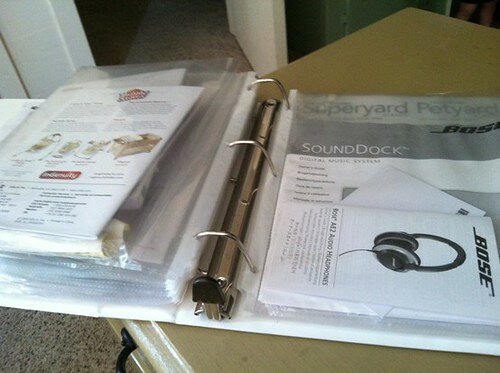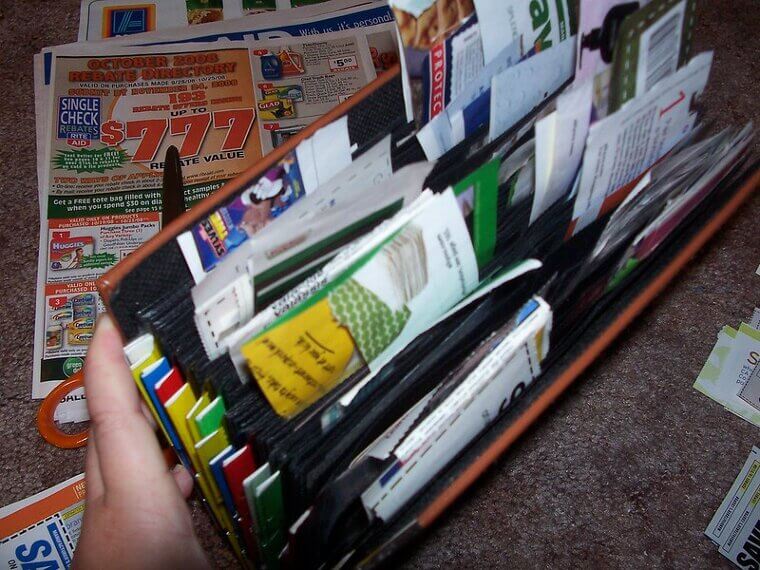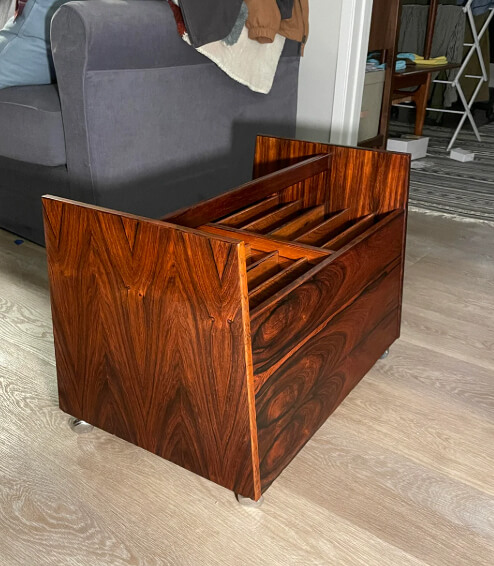Forgotten Items That Used to Be Essential
These household objects, which were once necessities of daily life, gradually disappeared, some nearly unnoticed. Many of the devices that once dominated living rooms and were recognized as futuristic are now sitting unused, gathering dust, or forgotten in storage. Their decline reveals an intriguing tale of how quickly technology and habits change. Others could stir up disbelief, while others may bring up nostalgia. However, they were once regarded as necessary. Are you wondering which household classics are no longer essential? Discover what progress and time have been left behind.
Landline Phones
In the past, landlines served as a vital component of every home, facilitating communication between relatives and managing crises. However, these gadgets seem like relics now that smartphones rule daily life. Nowadays, if landlines are connected at all, they are largely idle.
Fax Machines
Fax machines, which were once revolutionary for sending documents instantly, are now considered office décor from a bygone era. Paper jams and screeching dial tones were commonplace in communication, but they have been replaced by email, PDFs, and cloud storage. It's like trying to find a VHS player in a Tesla these days.
Phone Books
Once a household necessity, phone books were thick, heavy, and crammed with names and numbers. Everybody turned the pages, whether they were looking for a neighbor or placing an order for takeout. Now, though? Digital directories, apps, and search engines rendered them useless.
Encyclopedias
Encyclopedias were a reliable source of information prior to Google. They covered bookshelves and hearts with academic pride, packed with facts and bound in leather. However, their bulk and static data were unable to keep up with the internet. They are now ornamental artifacts rather than the primary resource for homework and curiosity.
Checkbooks
Checkbooks, which were once necessary for everything from groceries to rent, now collect dust. Writing checks has become painfully useless due to online banking, auto-pay, and mobile transfers. They are no longer even accepted by many companies. They are more sentimental than necessary, with the exception of the occasional DMV or landlord payment.
Answering Machines
In the past, these tiny devices could record missed calls and priceless messages. The red light that was blinking was both alarming and thrilling. However, answering machines became outdated when smartphones introduced built-in voicemail and visual message review.
CD Racks
CD racks adorned the walls of bedrooms and entertainment centers, once serving as a proud showcase for musical preferences. The collection was alphabetized in the afternoon. However, physical discs have become less appealing due to digital libraries and music streaming. These days, the racks are either empty or used to store random clutter.
Cassette Tapes
Using a pencil to rewind? It was a life transition. Unlike Spotify, cassette tapes preserved memories and mixtapes. However, the hissers were brittle and could unspool at any time. These magnetic strips are now a thing of the past thanks to digital music and playlists.
DVD and Blu-Ray Players
In the past, Blu-ray players promised clear images and the best possible movie night. However, with their convenience, variety, and lack of discs to scratch, streaming services jumped in. In a world where everything can be done with a click on laptops and Smart TVs, even Wi-Fi, these players have become useless.
TV Antennas
It used to be an art form to adjust "rabbit ears" for the best image. Cartoons, fuzzy sitcoms, and local news were broadcast on the antennas. These days, cable boxes and digital streaming provide crystal-clear channels without the wire gymnastics. Although there are still indoor antennas but the difficulties are long gone.
VCRs
In the past, the VCR dominated home entertainment. The ritual included untangling tape, watching rentals, and recording performances. However, digital formats have surpassed them. Due to their inability to keep up with the streaming revolution, VCRs are now either collecting dust in attics or being used by vintage collectors.
Film Cameras
Film cameras taught patience and surprise by capturing life in 24 exposures. The suspense of waiting for pictures to develop was eliminated by smartphones. Film now primarily appeals to artists and hobbyists due to instant previews, filters, and cloud backups. These vintage cameras have long been abandoned for daily use.
Calculator Devices
In the past, pocket calculators were used to solve math problems and balance checkbooks. They were sleek, solar-powered marvels of the modern world. However, basic calculators feel limited because smartphones and apps can do much more. Although most homes have quietly pushed them to the back of the drawer, they are still useful in classrooms and exams.
Wall Calendars
Wall calendars, which were prominently displayed in offices and kitchens, served as a useful tool for remembering appointments, birthdays, and school-related activities. However, digital calendars now instantly update, sync across devices, and send alerts. They no longer serve as the main schedulers, but they still give a space charm and individuality.
Address Books
The keys to communication used to be address books, which contained scribbled names, numbers, birthdays, and home addresses. However, manual entries felt awkward due to phones and cloud contacts. Nowadays, it would be difficult for most people to locate a real address book at home, much less recall the last time they used one.
Napkin Holders
Every kitchen table used to be decorated with neatly stacked napkins that were secured in place by decorative holders. However, they have been beaten by paper towels, minimalism, and shifting habits. Napkin holders have become less functional and more decorative, and in many homes, they are no longer used on a daily basis.
Electric Can Openers
In the past, these countertop devices made opening cans a breeze, but they were space-consuming and frequently had trouble handling odd sizes. Many cans adopted pull-tabs, and manual openers became more streamlined and user-friendly.
Curtain Tiebacks
In the past, curtain tiebacks gave window dressing a formal flourish with tassels, cords, and hooks. Modern design, however, tends to be more flowing and simple. Extensive tiebacks seem unnecessary, and curtains are frequently left hanging. They are now more of an outdated décor element than a touch of elegance.
China Cabinets
Grand china cabinets displayed delicate teacups and heirloom dishes. However, open shelving and functionality are preferred in modern homes. Formal dinners are rarely hosted by most people, and storage space is too valuable for items that are only meant to be displayed. These cabinets frequently become oversized pieces of furniture that are rarely used.
Formal China Sets
A fine china set saved for special occasions and holidays used to be the ideal wedding present. However, these elaborate plates are rarely used anymore because casual dining has taken over, and modern dishware is both fashionable and durable. They are frequently left unused or inherited.
Crystal Ashtrays
Crystal ashtrays used to be heavy, opulent statement pieces. When smoking indoors was common, they were a common sight on dining rooms and coffee tables. However, they became outdated due to changes in lifestyle, health consciousness, and smoking bans.
Recipe Boxes
Recipe boxes used to reside next to the stove, filled with handwritten notes and family favorites. Today, however, paging through cards has been replaced by tablets, food blogs, and Pinterest. Despite their charm and sentimentality, they have mostly evolved into mementos rather than everyday kitchen items.
Electric Knives
There was a time when the buzz of an electric knife meant it was time to carve a turkey. However, these tools are more trouble than they are worth unless you are cutting through thick bread or foam. Modern blades and sharp manual knives operate more quickly and require less cleanup.
Candle Holders (for Lighting)
Candle holders were a useful necessity during dinner parties or blackouts prior to LED lighting. They are now only ornamental. Modern lighting solutions and safety have surpassed traditional candle holders, as electric lights are now ubiquitous, and flameless candles provide ambiance without the risk of a fire.
Home Intercom Systems
It used to feel futuristic to call someone to dinner via a wall speaker. However, smart speakers, messaging apps, and texting have made the home intercom less useful. Since phones are used for everyday communication, the majority are now relics embedded in the walls of older homes, ignored or non-functional.
Alarm Clocks
It used to be common to wake up to a plastic box beeping. With customizable tones, snooze settings, and even weather updates, smartphones now perform the task. Although they are more for aesthetic purposes or tech-free bedrooms, alarm clocks are still in use. Swiping and snoozing is simply more convenient for most people.
Cabinet Storage for VHS or Discs
VHS tapes and DVDs used to be arranged in rows on special shelves and drawers. Movie nights required physically perusing a collection. These same cabinets are now either empty or filled with various clutter. Without the need for rewinding, streaming services caused entire collections to disappear into the digital cloud.
Plastic Couch Covers
Plastic couch covers, a common protective parenting tactic, preserved furniture at the expense of a sticky sacrifice. They were not particularly comfortable, but they did save upholstery. These squeaky protectors became more resilient, and fashions shifted toward coziness and worn-in charm.
Doily Covers
Every tabletop, chair arm, and headrest used to be adorned with intricately crocheted doilies. They conveyed tradition and neatness, but now they seem fussy and out of date. Doilies these days are living in antique stores or grandma's attic.
Phone Jacks in Every Room
To guarantee that a call could be answered anywhere, homes were once wired with phone jacks in several rooms. However, these jacks are no longer used because of cell phones and wireless devices. Older homes have them sealed, neglected, or used as internet routers, while newer homes frequently avoid them completely.
Home Bulletin Boards
Bulletin boards used to manage household logistics, tacked with coupons, school notes, and reminders. However, group chats and digital calendars replaced them. These days, craft rooms primarily use physical boards for to-do lists or inspiration photos.
Multiple Clocks on the Wall
It used to be necessary to have a clock in the living room, kitchen, and hallway. Now, however, the time is shown on all devices. Although there are still decorative wall clocks, few people use them as their main method of keeping track of time.
User Manuals Binders
In the past, the standard method for configuring devices, diagnosing appliances, or changing parts was to consult a thick binder containing user manuals. Everything is done online these days. The manual drawer becomes outdated by QR codes, YouTube tutorials, and PDFs.
Coupon Organizers
Before grocery runs, it was common practice to look through a tiny plastic pouch of coupons. Paper coupons are now uncommon due to digital apps, loyalty plans, and online sales.Nowadays, most people only tap or scan to save.
Magazine Racks
In the past, glossy magazines piled high on magazine racks in waiting rooms, living rooms, and bathrooms. However, digital news, eBooks, and endless scrolling have supplanted print subscriptions. The magazines themselves are used as décor accents in themed cafés or as collector's items, while these racks are frequently empty or repurposed.

